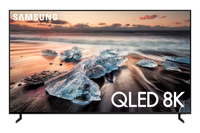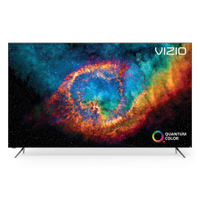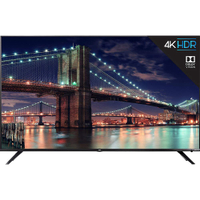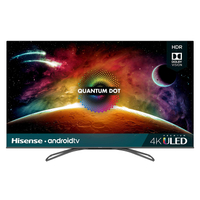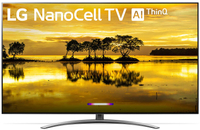Move Over, Samsung: All the QLED TVs Coming in 2019
Samsung's playground is about to get a lot more crowded as manufacturers jump on the quantum dot bandwagon
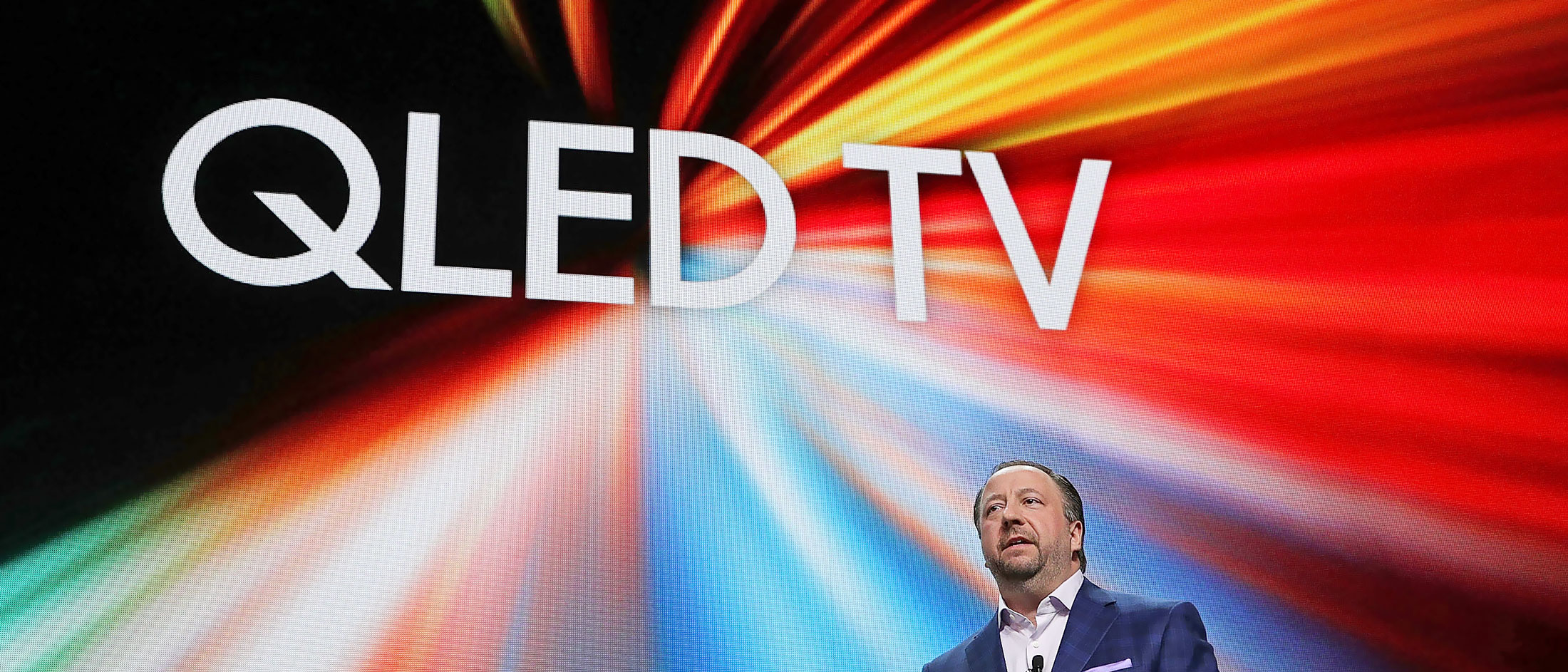
While the TV world might obsess over larger screens with exponentially more pixels, the biggest improvements in TV technology are actually the smallest. Quantum dot technology or QLED lets displays look better with brighter, more vivid colors, better high dynamic range (HDR) performance, and even deeper blacks. In short, quantum dots are the fairy dust that make good TVs great.
Samsung has been the undisputed leader in this area for the last several years. For example, Samsung’s Q90 QLED TV earned a place on our best TV list with its awesome picture quality. But the competition is now heating up, as new and upcoming models from Vizio, TCL, Hisense and OnePlus have started integrating the nanocrystalline quantum dots in their own 4K TVs.
It's no surprise that other manufacturers want to get in on this, since quantum dots provide a boost in picture quality and easily perceived improvement over traditional LCD TV panels, and at a lower price than OLED TVs. When a feature like that can mean the difference between a top seller and an also-ran, no TV maker wants to be caught selling outmoded technology. So strap on your electron microscopes, because here comes QLED.
What is quantum-dot technology?
While LCD technology has evolved a lot since the first calculator and watch displays in the 70s, the introduction of quantum-dot enhancement in 2013 may be one of the most significant.

Quantum dots are the industry term for microscopic nano-scale crystals, which respond to light by glowing with light of their own. This is called the photo-emissive effect, and by using a combination of nanocrystals that emit different colors, the display can use these quantum dots to offer brighter, purer color. This, in turn, enhances traditional LCD displays by boosting the available color gamut offered on the display and creating a richer picture than a standard LCD panel alone.
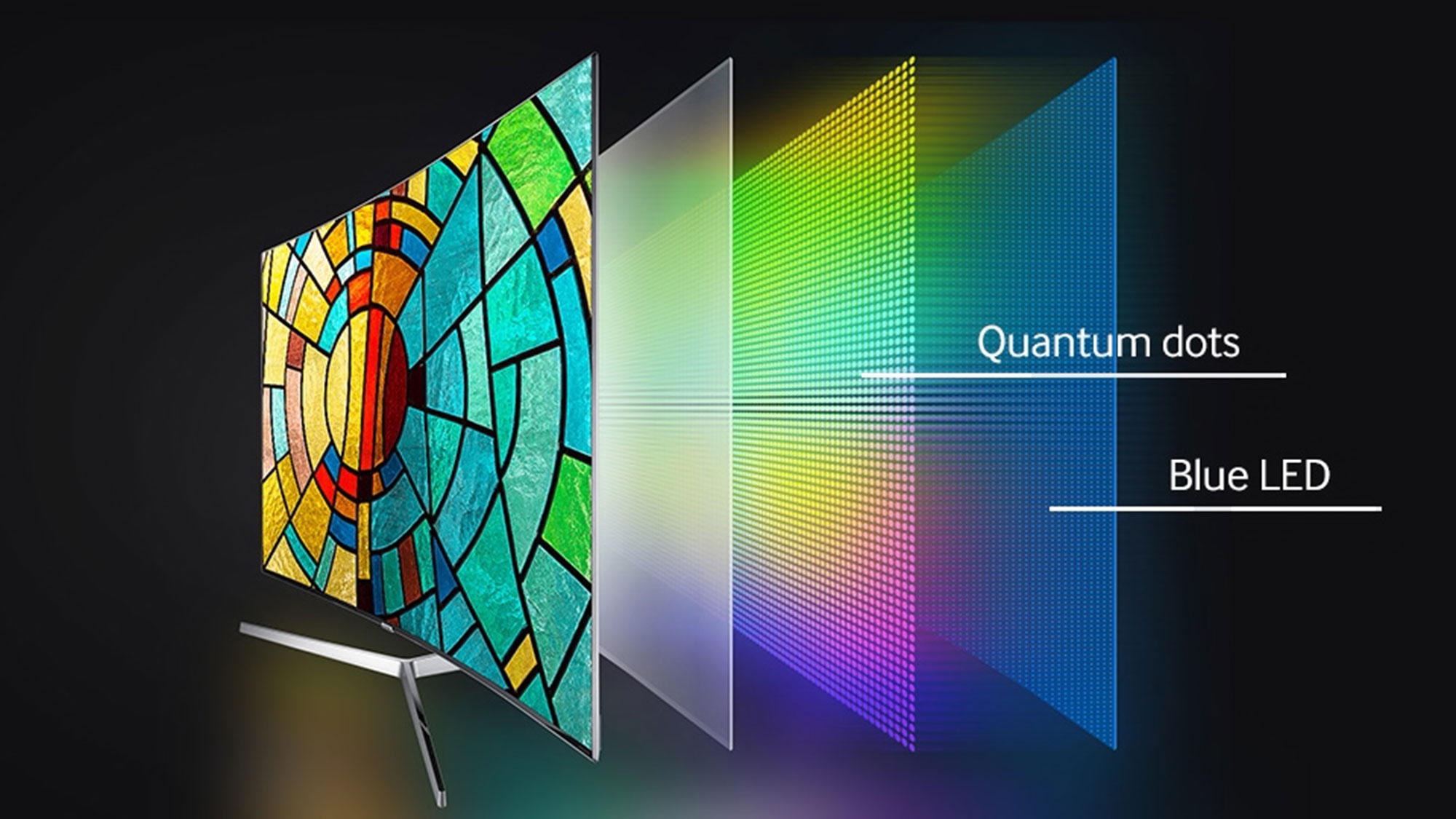
These quantum dots are embedded into one of the filtering layers that make up the LCD stack – the sandwich of glass, films and LED backlights that make up an LCD display. This backlighting can be done from the edges of the screen, or directly behind, hence the "LED" in QLED. The addition of quantum dots also boosts the perceived brightness of the display, and reducing the amount of power needed to hit higher brightness levels. This means better high dynamic range (HDR) capability, with brighter brights and darker darks, further improving the viewing experience.
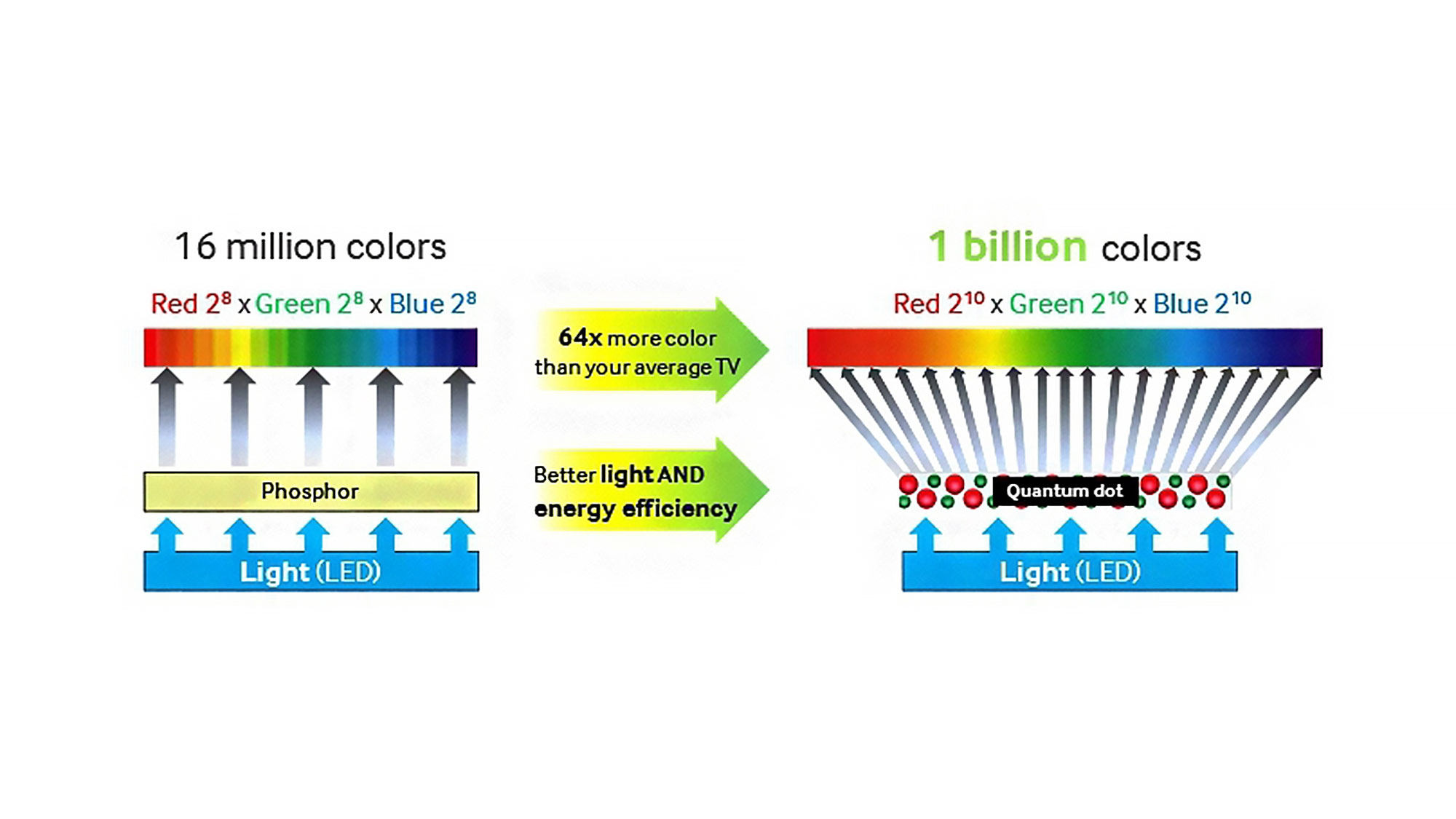
For the last few years, this technology has been one of the major differentiators between inexpensive 4K TVs and premium models, mostly seen on Samsung's QLED line. But as other manufacturers bring TVs to market with the same technology, you can expect a big improvement in mid-range TVs that offer a premium-quality picture.
Samsung
| Series | Model Numbers | Availability | Size Range | Price Range |
| QLED | Q90, Q80, Q70, Q60 | Available now | 65 to 82 inches, 55 to 75 inches, 49 to 82 inches, 43 to 82 inches | $799 to $6,499 |
| Lifestyle | The Frame, The Serif | Available now | 43 to 65 inches | $1,299 to $2,799 |
| 8K QLED | Q900 8K | Available now | 65 to 85 inches | $4,999 to $14,999 |
New Samsung QLED TVs coming soon: Samsung has yet to announce details about it's 2020 TV lineup, but it's a safe bet that there will be several QLED sets next year.
Samsung was one of the first to embrace quantum dot technology in 2015, and officially rebranded its quantum-dot-enhanced TVs as the Samsung QLED line in 2017. The Korean manufacturer has been at the forefront of quantum-dot development ever since.
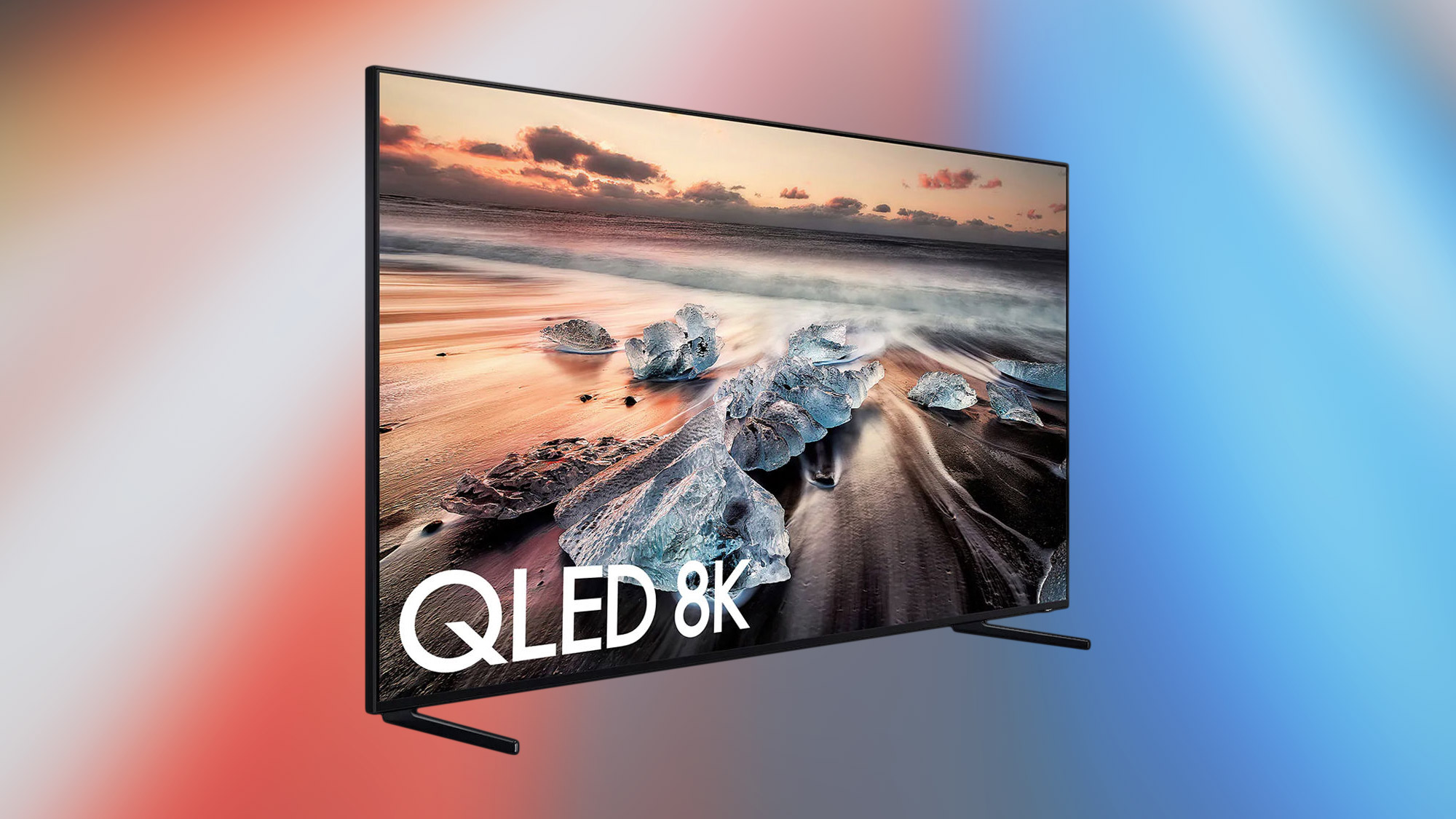
Now, the QLED name graces some of the best TVs on the market, from premium 4K smart TVs, like the Samsung Q90 QLED TV, to jaw-dropping 8K models that offer cutting edge capability for equally astonishing prices. And as Samsung has refined the technology with new layers that produce deeper black levels, less light spillover, and wider viewing angles, the gap in quality between quantum-dot displays and OLED displays has narrowed tremendously.
The technology behind the QLED moniker has been Samsung's defining feature since it was introduced just a few years ago. In fact, many people will be surprised to learn that QLED isn't a trademarked name from Samsung, but the industry shorthand for the Quantum-dot/LED backlight combination, regardless of the manufacturer. But, despite the best efforts of Samsung's marketing department, before the year is out you'll be seeing QLED on TVs from other brands.
MORE: Choosing a TV Brand: LG vs. Samsung vs. Sony
But that doesn't mean that Samsung's going to fade into the background as their QLED differentiator disappears. Samsung is already offering the first versions of microLED displays, with a new technology that's set to take on OLED in the coming years.
And Samsung is also prepping another new display technology to bring to market in the coming years, something called QD-OLED. This tech combines quantum-dots and the self-emissive aspects of OLED to offer thinner panels than traditional LCDs can match, with better brightness than current OLED sets can offer.
Samsung Q900R 8K QLED TV
Samsung QN65Q900RBFXZA Flat 65-Inch QLED 8K Q900 Series Ultra HD Smart TV with HDR and Alexa Compatibility (2019 Model)
Vizio
| Series | Model Numbers | Availability | Size Range | Price Range |
| P-Series Quantum X | PX65-G1, PX75-G1 | Available now | 65-75 inches | $1,399 to $2,199 |
| P-Series Quantum | P659-G1, P759-G1 | Available now | 65-75 inches | $1,198 to $1,996 |
| M-Series Quantum | M437-G0, M507-G1, M557-G0, M558-G1, M657-G0, M658-G1 | Available now | 43-65 inches | $399 to $769 |
The first new entrant into the quantum-dot arena is Vizio, which introduced the company's first quantum-dot-enhanced display in 2018 with the Vizio P-Series Quantum.
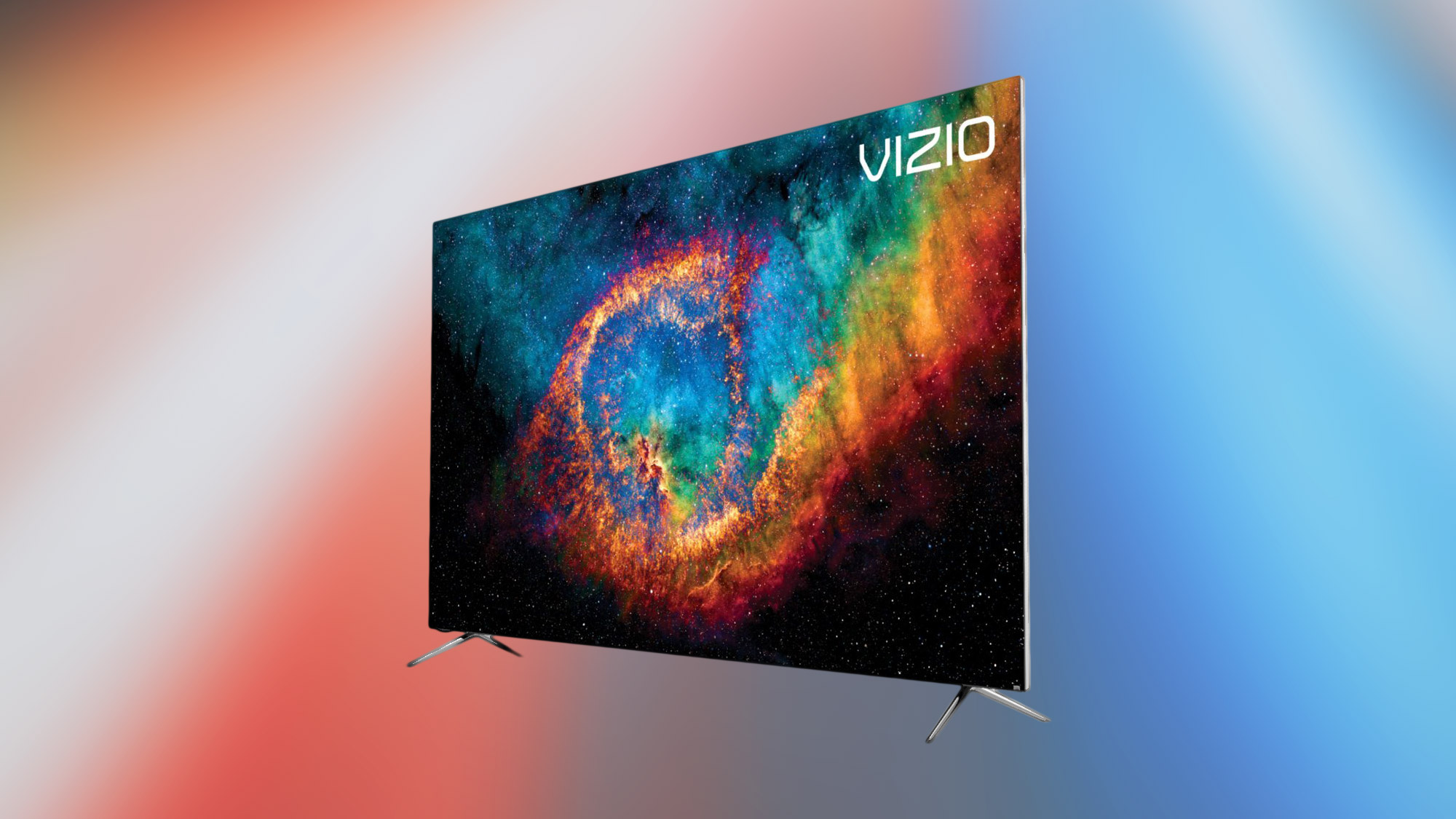
When we reviewed the P-Series Quantum at the time, we were impressed by the TV's vivid colors and 192 dimming zones, but felt that the implementation of the technology needed more refinement.
Earlier this year, Vizio delivered exactly that, with the impressive M-Series Quantum, which not only offered a stronger example of quantum-dot displays done right, it also boasted one of the best values available in a TV for under $1,000.
We also expect to test the P-Series Quantum X in the near future, so keep an eye out for our upcoming review. And with other, more premium models getting the nanotech boost, we expect to continue seeing Vizio TVs benefit from the technology going forward.
Vizio P-Series Quantum X
VIZIO P-Series Quantum X 65” Class (64.50" Diag.) 4K HDR Smart TV
TCL
| Series | Model Numbers | Availability | Size Range | Price Range |
| 8-Series QLED Roku TV | 65Q825, 75Q825 | Coming this Fall | 65-75 inches | $1,999 to $2,999 |
| 6-Series QLED Roku TV | 55R625, 65R625 | Coming soon | 55-65 inches | $599 to $899 |
While TCL doesn't have any QLED TVs in North America yet, the value-champ has been making quantum-dot displays for Chinese markets for some time, and plans to bring the feature to its new 2019 sets in the coming weeks.

The TCL 6-Series Roku TV is already considered one of the best values in the mid-range TV market, but reviewers did note that the 2018 model had some weakness in HDR performance. The new models are getting the quantum-dot treatment, complete with the QLED name, and with the boosted vibrance and color performance quantum-dot offers, we expect the new 2019 6-Series to stand apart as one of the best TV values around in the coming months.
Like other competitors that have rapidly grown their presence in stores and living rooms through aggressive value offerings, TCL is looking to appeal to a more discerning group of TV shoppers with the upcoming TCL 8-Series. Like the 6-Series, the new sets get QLED enhancement, but TCL is stepping up the quality of the backlight with its own proprietary mini LED technology, which looks to be an improvement over standard dimmable zone backlight LEDs.
TCL 65R617
TCL 65R617 65-inch Class 6-Series 4K HDR Roku Smart TV (2018 Model)
Hisense
| Series | Model Numbers | Availability | Size Range | Price Range |
| H9 ULED Android TV | 55H9F, 65H9F | Available now | 55-65 inches | $699 to $899 |
| R9 Roku TV | Not yet announced | Coming soon | Not yet announced | Not yet announced |
Another company arriving early to the QLED party is Hisense. Best known for its lineup of budget-friendly 4K and full HD sets, Hisense made a strong play for a more premium reputation when it launched the Hisense H9F Series Android Smart TV. The new model not only got a boost in color gamut and quality, it also offers the excellent Android TV platform and plenty of smart features.
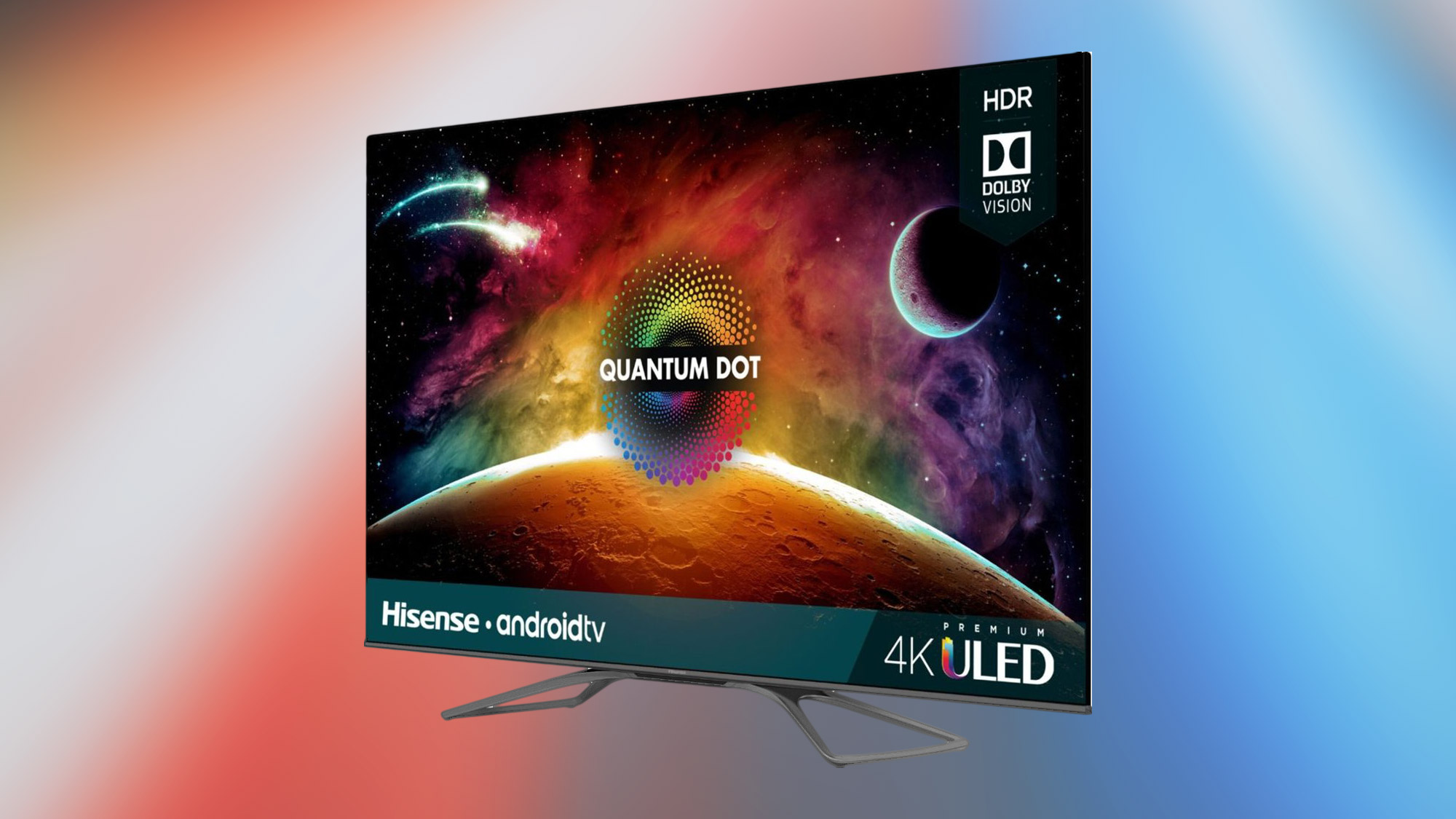
The same quantum dot enhancement is also offered on the Hisense R9 Roku TVs, which combine many of the same technical aspects of the H9F with the popular Roku TV platform. Regardless of which smart TV software you prefer, the enhanced displays will offer better color and brightness than their standard LCD counterparts.
Hisense H9F Series Android Smart TV
Hisense 65H9F 65-inch 4K Ultra HD Android Smart ULED TV HDR10 (2019)
OnePlus
| Series | Model Numbers | Availability | Size Range | Price Range |
| OnePlus TV | Not yet announced | Not yet announced | 43-75 inches | Not yet announced |
The newest announced member of the QLED family is a manufacturer that has yet to bring its first set to market, phone maker OnePlus. Announced nearly a year ago, the new TVs are almost here, and the company is already talking about a quantum-dot follow up.

OnePlus has announced a new line of smart TVs coming next month – well, coming to India; other regions haven't been announced – and the first model line is expected to be an Android smart TV with several optimizations and custom features that carry over the phone maker's deep knowledge of smartphones to the smart TV experience. The TV should be available in 43- 55-, 65- and 75-inch versions, but pricing has not yet been announced.
MORE: Best Smart Home Devices of 2019
Early speculation, based on comments from OnePlus CEO Pete Lau, suggest that the TV will get a custom user interface, deeper integration of TV features and content options, and AI-driven interaction, perhaps using popular voice assistants like Google Assistant and Amazon Alexa. And, in keeping with OnePlus' mobile roots, the TV may even feature integrated 5G connectivity, for its own standalone data connection for streaming movies and shows.
A future model (or possibly models within the initial lineup) may also boast a Samsung-manufactured QLED display. A recent Tweet from OnePlus India teased a 55-inch QLED model, and while Samsung doesn't have exclusivity over the QLED terminology, it is most closely associated with the Samsung TV brand. It's a bold move from a newcomer to the TV space, but we're excited to see what OnePlus brings to the table… whenever the TVs actually reach our shores.
What About LG NanoCell?
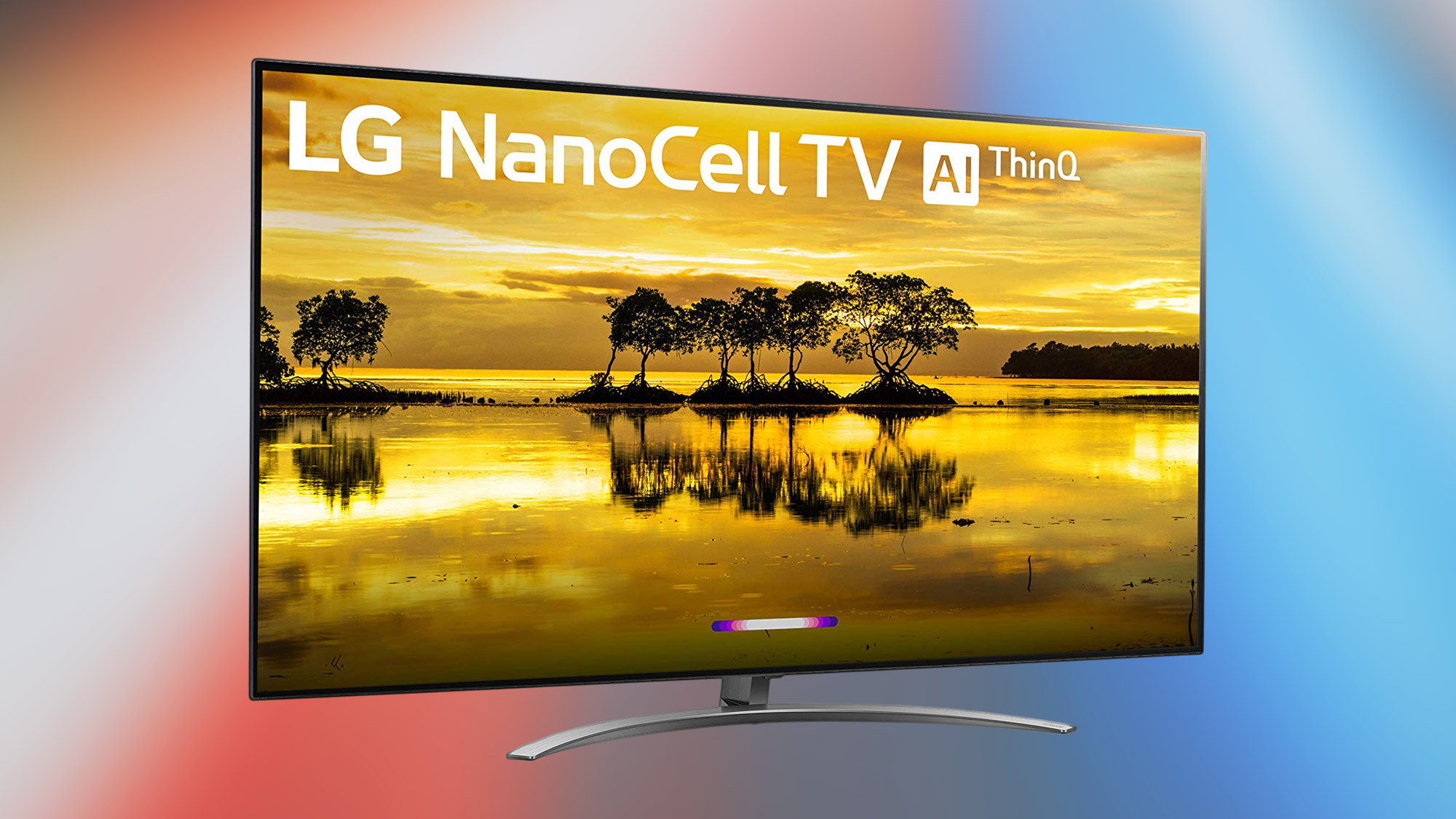
| Series | Model Numbers | Availability | Size Range | Price Range |
| Nano 9 Series 4K | 55SM9000PUA, 65SM9000PUA, 65SM9500PUA, 75SM9070PUA, 86SM9070PUA | Available now | 55-86 inches | $999 to $2,999 |
| Nano 8 Series 4K | 49SM8600PUA, 55SM8100AUA, 55SM8600PUA, 65SM8100AUA, 65SM8600PUA, 75SM8670PUA | Available now | 49-75 inches | $549 to $1,599 |
| Nano 9 Series 8K | 75SM9970PUA | Coming soon | 75 inches | Not yet announced |
Finally, while quantum dots have gotten the lion's share of industry attention, QLED isn't the only nanoscale optical technology at play in modern TVs. LG has an entire line of LCD smart TVs in addition to its vaunted OLED offerings, and these sets use LG's NanoCell technology to enhance the display quality.
But where QLED uses photo-emissive nanocrystals to add more light to the display output, NanoCell uses nanoscale filtering to remove unwanted light, thus delivering the desired colors and lighting undiluted. It can also be integrated directly into the LCD panel, instead of adding an additional layer to the LCD stack. The end result is similar – better colors, better brightness, better black levels – but the process and underlying technology are a bit different.
When we've seen NanoCell TVs in action, such as the LG NanoCell SM9500, or 2018's LG Super UHD SK9500, the results are notably better than what a standard LCD display can deliver, and are competitive with Samsung's QLED displays in most respects. As an added bonus, NanoCell technology actually seems to offer wider viewing angles than most of the quantum dot options we've tested.
LG Nano 9 Series 4K
LG 55SM9000PUA Alexa Built-in Nano 9 Series 55" 4K Ultra HD Smart LED NanoCell TV (2019)
The QLED outlook
With quantum dots and similar nanoscale display technology coming this year, it's natural to wonder if some implementations of the technology will be better than others. We've actually got part of the answer already, as quantum-dot-enhanced models from Vizio and Hisense have already hit the market. Of the two, Hisense still has some polishing to do, but Vizio has significantly improved over last year's initial foray into quantum-enhanced sets.
But of everything we've seen, including pre-release hands-on impressions, I'm most excited to see TCL's new QLED sets. The company has a well-earned reputation for excellent value, and what I saw suggested that the new models will only amplify that good standing.
In the long run, however, the best of the best for QLED displays will continue to be Samsung, which not only makes one of the best LCD sets on the market, the Samsung QLED line still stands as the best alternative to OLED you can buy. As for how long Samsung's QLED TVs remain the champs, we'll just have to wait to see how things shake out.
Sign up to get the BEST of Tom's Guide direct to your inbox.
Get instant access to breaking news, the hottest reviews, great deals and helpful tips.
Brian Westover is currently Lead Analyst, PCs and Hardware at PCMag. Until recently, however, he was Senior Editor at Tom's Guide, where he led the site's TV coverage for several years, reviewing scores of sets and writing about everything from 8K to HDR to HDMI 2.1. He also put his computing knowledge to good use by reviewing many PCs and Mac devices, and also led our router and home networking coverage. Prior to joining Tom's Guide, he wrote for TopTenReviews and PCMag.
